So here's a funny story about how we ended up making custom drawer organizers. We didn't plan it, we didn't research the market, and we definitely didn't have some grand vision. It literally started with one customer asking about dimensions.
We were already making our in-drawer knife blocks, and a customer reaches out asking what the dimensions were so he could include it in an organizer he was having built elsewhere. When we found out he was going to someone else for the organizer part, we thought "Wait, what if we just made the whole thing?" He said yes, we built it, took some photos, threw it on the website—and boom. It took off like crazy and now these organizers are more than half our business.
Why Organized Drawers Actually Matter
As passionate home cooks, we've learned that when your kitchen is organized, you actually want to cook more. And when you're cooking, you're not standing there digging through a pile of random utensils trying to find that one specific spatula while your onions burn.
There's something really satisfying about opening a drawer and knowing exactly where everything is. It's not just about looking pretty (though that's nice too)—it's about making your life easier every single day.
One of our customers recently shared: "I wish we'd done this sooner! What a difference such a small, simple upgrade to our kitchen has been. Working with Sean and Zach was a breeze and everything arrived in a timely manner. Can't recommend them highly enough." That perfectly captures what we're going for.
Getting the Fit Perfect (Because Close Isn't Good Enough)
This is where precision becomes critical, though the details matter more than you might think. We size our organizers to within 1/16" left to right and 1/8" front to back. Those aren't random numbers—there's real reasoning behind them.
That 1/16" tolerance? It's the closest we can get when we're relying on customer measurements and still guarantee it won't be too big. Any tighter and we risk making something that doesn't fit. Any looser and the organizer would shift around during use, defeating the purpose of custom sizing.
The 1/8" front-to-back buffer is because drawer fronts are usually screwed to the drawer box, and those screw heads stick out about 1/16". Trust me, we learned this the hard way.
We made a measuring guide that walks people through getting accurate measurements. The key is rounding down to the nearest 1/16" when you're between marks on the tape measure. Following this process, we've never had a fitment issue. Not one.
Learning from Our Mistakes
Our first organizers were pretty basic—everything the same height, what we called "flat" designs. They worked, but they looked boring and presented assembly challenges. Achieving perfectly flush surfaces across multiple pieces can be a quite difficult task at times, so these designs were creating unnecessary complications.
The fix came from stepping back and thinking about classic design. We started making the dividers get shorter as they work in from the outside. This looks way better—adds some visual interest and elegance—but here's the kicker: it also solved our assembly problems completely.
The Knife Block Breakthrough
The modular knife block system took us years to figure out, and honestly, it was a game-changer. At first, we were making these big solid blocks and then carving them and cutting slots into them. It was slow, expensive, and really hard to do consistently.
Our current approach uses individual 7/8" wide pieces arranged to meet specific needs. Each piece holds a small knife, and when spaced 1/8" apart, creates slots for larger knives in between blocks. This modular system allows us to scale from 3 knives to as many as will fit in your drawer, adapting to whatever our customer requires.
We even did a custom angled slot for a chef in Australia who had a cleaver that wouldn't fit normally in his shallow drawer. Try doing that with a mass-produced organizer.

The Details That Actually Matter
When we say we "obsess about the details," we mean stuff you can actually feel and see every day. Like the reliefs we mill into the flatware slots—try grabbing the last small spoon from a flat compartment versus one with finger clearance on both sides. Huge difference.
We round over every edge on a router table and then hit them with an oscillating edge sander. Everything has to be perfectly square with zero gaps when it's assembled.
Assembly: Where We Spend the Most Time
Here's something people don't realize: the most time-consuming part isn't cutting the wood or designing the layout—it's assembly. An organizer can take anywhere from 15-30 minutes to put together, depending on how complex it is.
We built a special assembly table that's dead flat with a grid of holes for positioning everything perfectly. We use custom spacer blocks to keep gaps consistent, and every joint gets reinforced with 32-gauge pin nails for additional strength against shear forces. Combined with Titebond 3 glue—which is actually stronger than the wood itself—this construction ensures these organizers are built to handle decades of daily use.
Wood Choices and Why They Matter
We offer walnut, cherry, and maple. Walnut has the wildest grain, which can be tricky when you're resawing because the wood releases tension and wants to move around. Cherry is more predictable. Maple gives you a lighter look if that's what you're going for.
Our dividers are milled using 12/4 thick boards and we only select the best stuff. Because we're working from such big boards, we can typically get over 100 linear feet of material from one piece, which allows us to color match across the whole organizer.
Everything gets finished with NSF-certified food-grade mineral oil. No weird chemicals. It's perfect for kitchen stuff—easy to apply, easy for you, the customer, to refresh down the road, and totally safe. Since these live in drawers, they barely see any moisture or dust anyway.
Working With Customers on Layouts
We've got a collection of standard layouts that cover most situations. Like our most popular flatware design: five compartments up front for forks, knives, spoons, etc., two horizontal spaces above those, and one big vertical section on the right. This covers probably 80% of what people need.
But the fun stuff happens with custom designs. We love when customers send us napkin drawings of what they're thinking. It makes the whole thing collaborative, and honestly, they usually have good ideas about how they want to use their space.
We ask for photos of what they currently have in the drawer and a list of what needs to fit. Sometimes people have no clue what they want, and that's fine—even messy drawers usually have things in roughly the right spots, so we can work from there.
One rule we stick to: nothing narrower than 1-7/8". Anything smaller and you can't get your fingers in to grab stuff. When we run into size constraints, we'll adjust other compartments to make everything work.
Customer Stories That Make It Worth It
Eric S. sent us this: "I wish we'd done this sooner! What a difference such a small, simple upgrade to our kitchen has been. Working with Sean and Zach was a breeze and everything arrived in a timely manner. Can't recommend them highly enough."
We hear similar feedback regularly. Its not uncommon for our customers to order one as a test, then come back for their whole kitchen. We've done complete remodels with 8-10+ organizers.
We work with everyone—homeowners, contractors, designers, people buying gifts for clients. The process is pretty much the same regardless. Within 24 hours of ordering, we send an intake form to gather all the info we need for design.
Why We're Not Worried About Competition
When people compare our organizers to mass-produced alternatives, the differences become clear quickly. Custom organizers offer precise fit, premium materials, and personalized layouts that generic options simply can't match due to their one-size-fits-all approach.
We often work with customers who are upgrading from store-bought organizers that don't quite fit their drawers or storage needs. Budget-friendly options serve an important purpose and work well for many people. For those who want something tailored specifically to their space and requirements, custom organizers provide a different level of functionality and satisfaction.
The Reality of Lead Times
Our 2-4 week lead time reflects both our current production capacity and our commitment to quality. We do production runs twice a month. If you order right before a run starts and we get your design approved quickly, you might get into the current cycle. Otherwise, you're in the next run.
As we grow, we're always looking at ways to increase capacity—whether through equipment upgrades or additional team members—but we won't sacrifice the attention to detail that makes these organizers special.
What's Next
We're always trying to improve the consultation process. Right now we're talking about building a drawer organizer app for the website where people could basically design their own layout. Use technology to make the process smoother while keeping the custom approach.
We just added spice jar ramps as a standard option. We're also working on a pegboard option that we'll be offering soon. Always evolving based on what customers ask for.
The Bottom Line
This whole business started by accident, but it's become our thing because it solves a real problem. Mass-produced drawer organizers are like one-size-fits-all t-shirts—technically they work, but they don't work well.
Your kitchen drawers are something you use multiple times every day. Why settle for something that sort of works when you can have something that works perfectly?
The most rewarding part of this whole business is hearing from customers about how much they love their new setup. These aren't just storage solutions—they're daily reminders that paying attention to details actually matters.
Your kitchen deserves better than "good enough."
Ready to fix your drawers? Check out our organizers here and let's build something that actually fits your life.





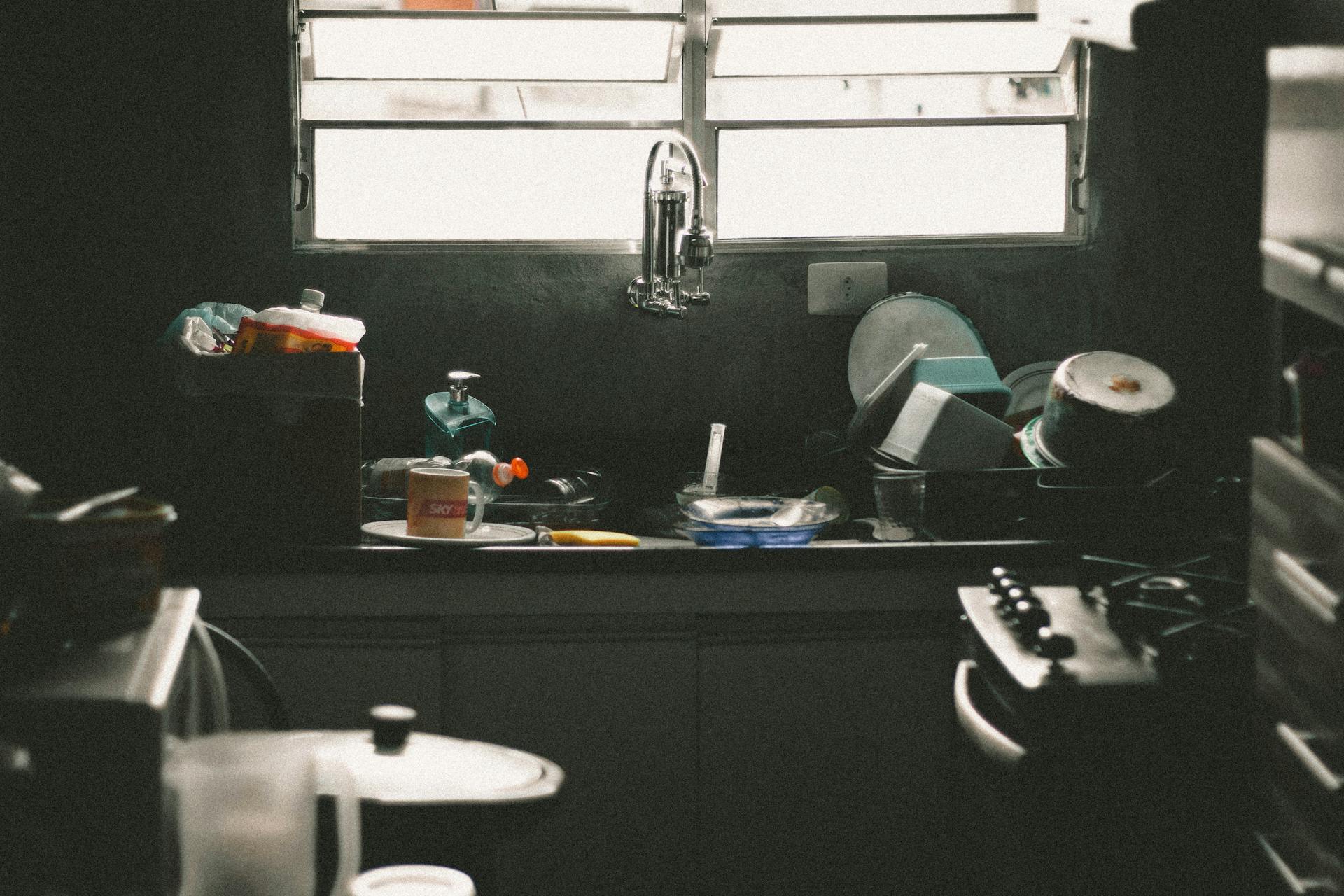
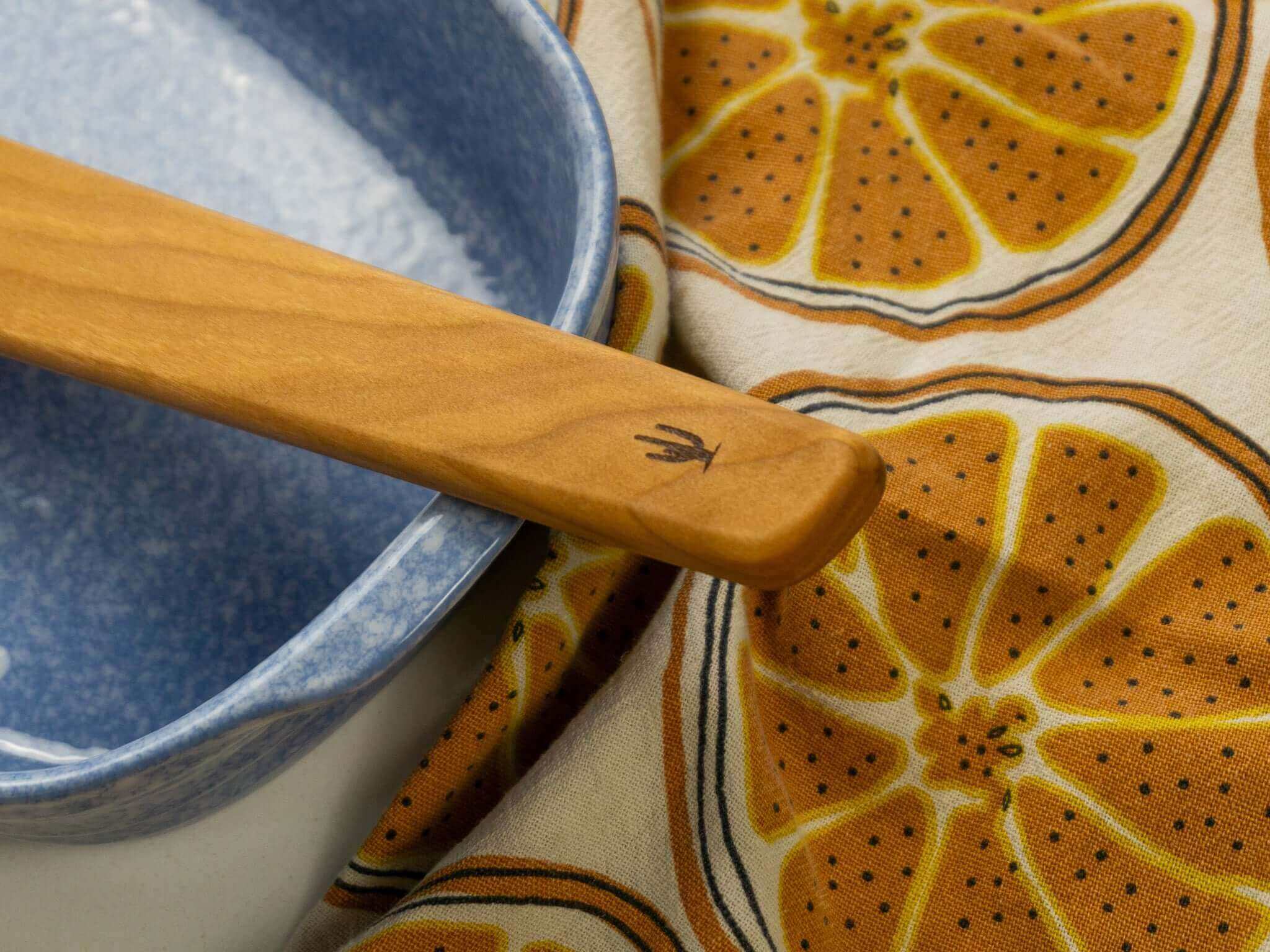

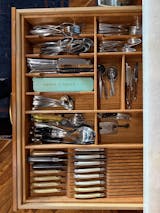
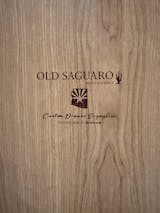
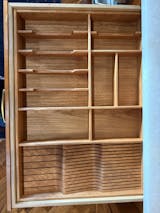

Share:
Why Custom Kitchen Drawer Organizers are the Ultimate Kitchen Upgrade
Why Every Kitchen Needs a Salt Cellar